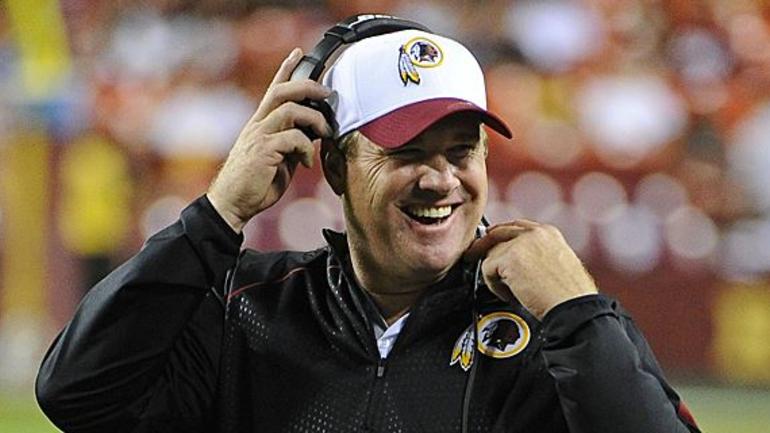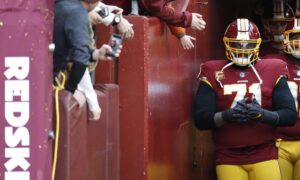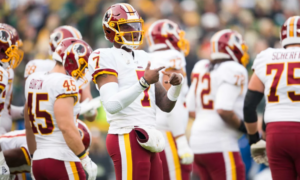Jay Gruden vs Kyle Shanahan: Clock management
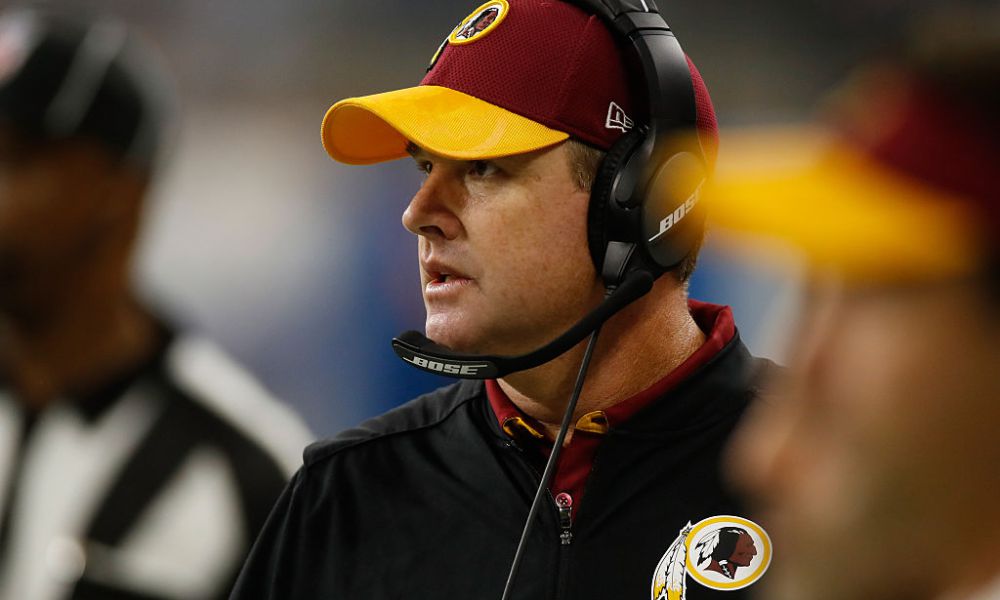
The Redskins squeaked out a win against the 49ers over the weekend. Some of the main storylines out of the game were Chris Thompson’s continued torrid pace, Matt Ioannidis and Brandon Scherff’s domination in the trenches, and some major injuries that have piled up on the Redskins roster but less talked about this week is the fact that CJ Beathard is related to former Redskins GM… just kidding. It’s actually the battle of clock management that went on between Redskins head coach Jay Gruden and 49ers head coach Kyle Shanahan.
A few key decisions in specific spots, especially during the second half, helped decide the game. Gruden has at times been criticized for his clock management but in this particular matchup he has reason to sing “Happy Goo Lah.”
Timeouts
Coming out of the tunnel at half time, the 49ers were looking to continue their momentum shift. CJ Beathard had already come into the game in the first half and driven the 49ers down the field just before the end of the half. To start the second half the 49ers drove down the field and kicked a field goal to bring the game within one score. But along the way they lost a valuable resource that would come back to bite them.
After marching down the field on the second half’s opening drive and getting within field goal range, Ryan Kerrigan sacked Beathard and pushed San Francisco back to Washington’s 41 yard line. The 49ers had to take a timeout before their next snap. Ultimately, San Francisco would gain enough yards to kick a field goal and bring the score to 17-10 but at a cost of a second half timeout.
It can be argued that the 49ers needed to score at almost any cost to make the game manageable, but the combination of a rookie head coach and a backup quarterback coming into the game made them use a timeout in a situation other teams wouldn’t have to.
Fast forward to the end of the game and the Redskins recovered an onside kick and ran the ball three times to run out the clock. Washington punted the ball giving the 49ers a chance but with only 52 seconds remaining.
The Redskins third down run prior to the punt ended at the 1:47 mark but the 49ers were out of timeouts and the Redskins ran the clock down and took the delay of game penalty.
San Francisco got to the Redskins 40 yard line in the little time they had to work with. If they had any more time they could have game planned differently and potentially kicked a game winning field goal.
Sticking to the run game 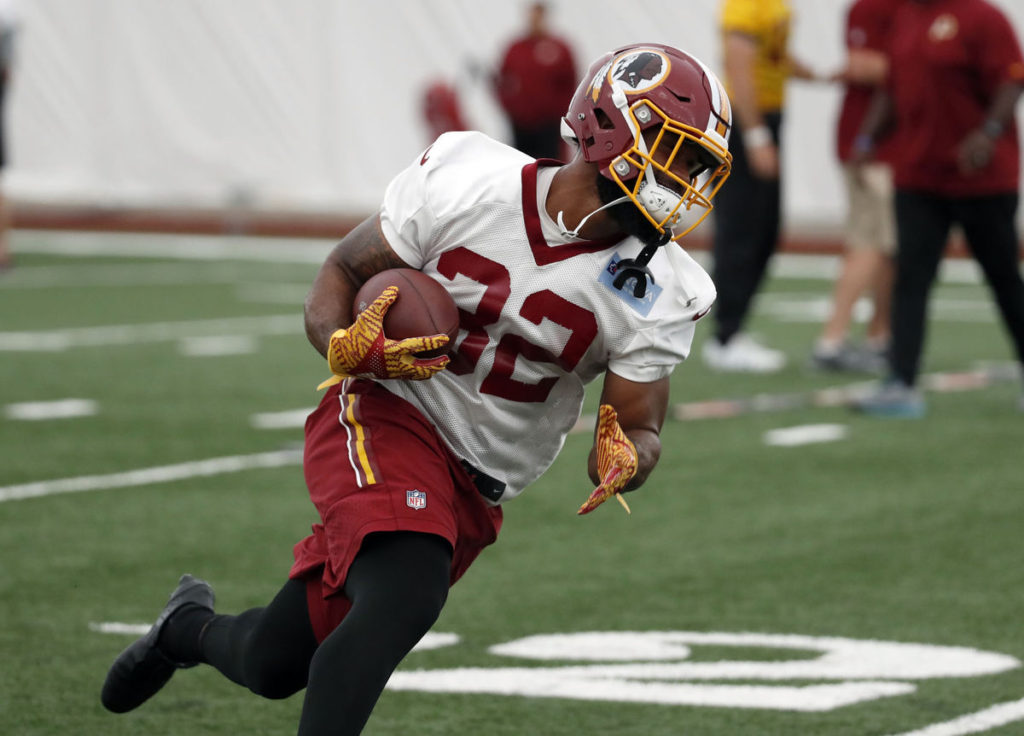
Washington’s run game wasn’t effective at moving the ball on Sunday, but it helped just enough to maintain a pivotal drive and also run out the clock. With 8:22 on the gameclock and the 49ers nipping at their heels, the Redskins needed a sustained drive to swing the momentum back to their side and to eat some clock.
After two plays the Redskins were left with a 3&1 at their own 25 yard line. On third down they handed the ball off to Samaje Perine for a 2 yard gain. The next play was a 51 yard strike to Vernon Davis and the Redskins capped off the drive with a touchdown run by Kirk Cousins.
It took guts for Gruden to call a running play deep within their own territory on a day where many runs had gone for no gain or a loss. It worked out and it kept the clock churning along as well.
Gruden also stuck to the running game after the Redskins recovered the 49ers onside kick. Gruden decided to run it three times in a row causing San Francisco to burn their final two timeouts. In a perfect world they would have gotten a first down and kneeled a couple times to close the game but Gruden’s resolve to not throw it still helped them close out the game.
According to Dan Steinberg, that decision wasn’t easy. Gruden really wanted to throw the ball but decided against it. Hindsight is 20-20 of course but it was the right decision.
Time of possession
A combination of play calling and other factors helped the Redskins dominate when it comes to time of possession. Washington won that battle 36:52 to 23:08 and they did that only running one more play than the 49ers (71-70). The Redskins were playing from ahead most of the game and kept the clock running and maintained drives to keep the ball away from Shanahan’s 49ers.
The Redskins maintained lead, and Grudens commitment to stick to the running game led to Washington rushing the ball 33 times compared to San Francisco’s 20.
Summing things up
When people talk about clock management they are often referring to things like not letting the clock run when it needs to be stopped, and calling timeouts at the right time. In that sense, Gruden did well this game and out performed Shanahan. But additionally, Gruden stayed committed to the ground game that was effective at running the clock, even if the team wasn’t effective at running the ball; a welcome change from a coach that at times has been pass happy and struggled in terms of clock management.
Comments
Powered by Facebook Comments

